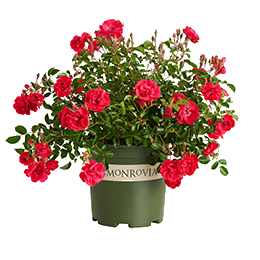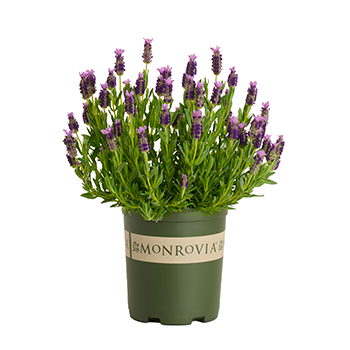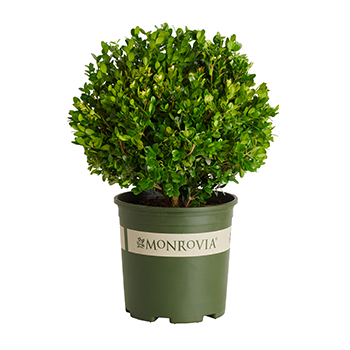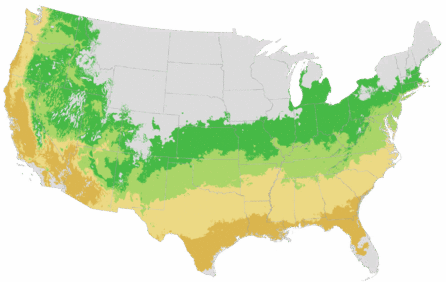You're growing in this Zip Code:
Change LocationDiscover Plants for Your Area
Feelin' Blue Deodar Cedar
Cedrus deodara 'Feelin' Blue'
Retailers Near You
No Retailers found within 100 miles of your zipcode
Be Inspired: How to Use this Plant
| Bloom Time | Conifer; prized for foliage. |
|---|---|
| Deciduous/Evergreen | Evergreen |
| Special Features | Dramatic Foliage Color, Easy Care, Waterwise, Compact Form, Benefits Birds |
| Problems/Solutions | Coastal Exposure, Deer Resistant, Erosion Control, Rabbit Resistant, Tolerates Urban Pollution |
| Growth Rate | Moderate |
| Landscape Use | Container, Windbreak, Suitable for Topiary |
| Design Ideas | Use this bright blue conifer in shrub borders for an injection of carefree cool color. It's a natural for rock gardens nestled into landscape boulders. Irregular form fits nicely into woodland gardens that need relief from too much green. Spot into wild gardens among naturalistic compositions of native shrubs and prairie grasses. Low profile growth makes this creeping shrub a perfect groundcover on banks and slopes or cascading off raised planter edges and retaining walls. A truly eye-catching candidate planted in well chosen, elegant Asian containers. |
| Foliage Color | Blue-green |
| Companion Plants | Japanese Maple (Acer); Fuchsia (Fuchsia); Azalea (Azalea); Magnolia (Magnolia); Camellia (Camellia) |
| Care Instructions | Grows easily in a wide range of soil types; avoid poorly drained, soggy sites. Water deeply and regularly during the first few growing seasons to establish an extensive root system; once established, reduce frequency. Feed with a general purpose fertilizer before new growth begins in spring. |
| History | This is the dwarf form of a genus of primarly tree species and falls into the Pinaceae with most other conifers. Named from the Greek, kedrus, its kin include the famous cedars of Lebanon. Its classification is attributed to German botanist, Christoph Trew, 1695-1769, although some Anglo-centric references indicate John Loudon, 1783-1843, the noted English horticulturist and writer. This species was named by Scots botanist, David Don, 1799-1841 and his brother, George. Trees are native to the Himalayan Mountains where its local name is deodar. They were officially introduced into cultivation about 1831 although they have been grown in Chinese parks and gardens for centuries. Originally selected for outstanding blue color and exceptionally low growth by the great plantsman, Cliff Comstock. |
| Lore | The name deodar translates from the original Sankrit as "timber of the gods". Deodar cedars are among the great aromatic timber woods of antiquity, considered pest resistant and therefore used to create containers to house precious but perishable. |
| Bloom Time | Conifer; prized for foliage. |
|---|---|
| Deciduous/Evergreen | Evergreen |
| Special Features | Dramatic Foliage Color, Easy Care, Waterwise, Compact Form, Benefits Birds |
| Problems/Solutions | Coastal Exposure, Deer Resistant, Erosion Control, Rabbit Resistant, Tolerates Urban Pollution |
| Growth Rate | Moderate |
Retailers Near You
No Retailers found within 100 miles of your zipcode
Retailers Near You
No Retailers found within 100 miles of your zipcode
Buy Online
We cannot currently ship this product to your zip code.
About Us
We have been pioneers and craftsmen in the art of growing plants for nearly
100 years. Since our founding in Southern California by Harry E. Rosedale, Sr.
in 1926, we have been absolutely dedicated and obsessed with quality.
We have been pioneers and craftsmen in the art of growing plants for nearly 100 years. Since our founding in Southern California by Harry E. Rosedale, Sr. in 1926, we have been absolutely dedicated and obsessed with quality.








